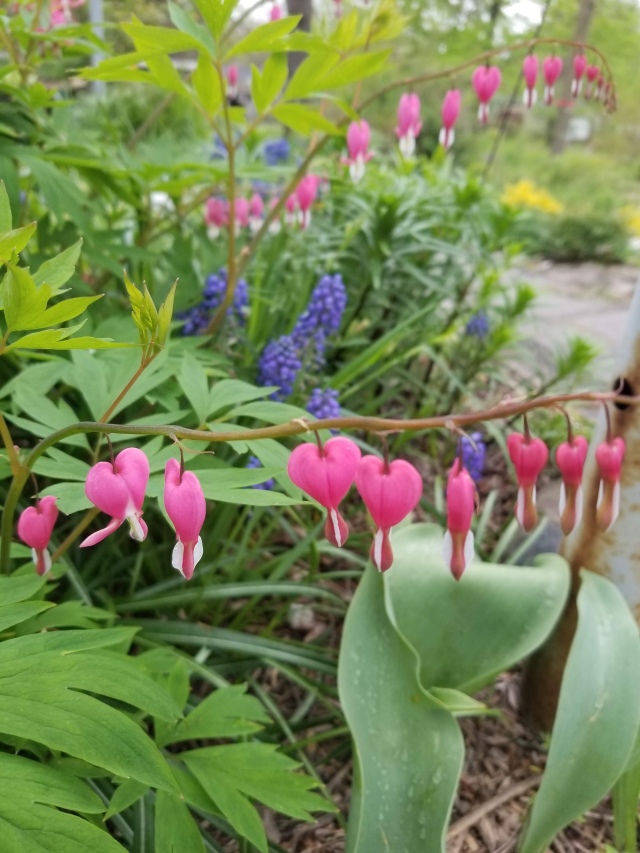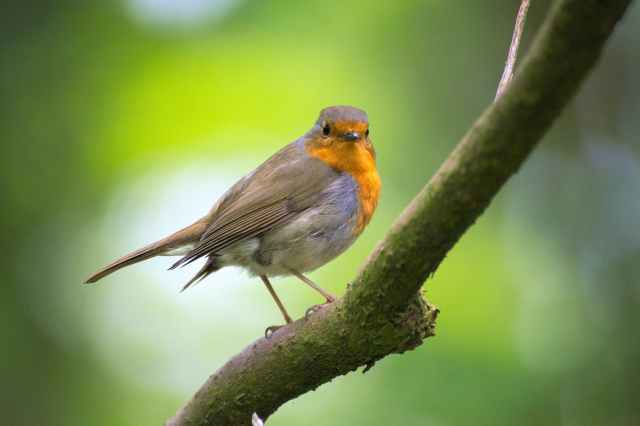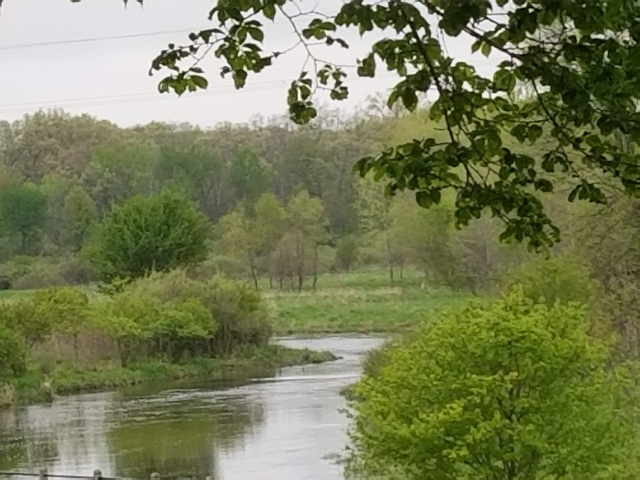A few months after graduating from college I began my first “real” job working in a small Montessori school’s Infant/pre-Toddler classroom in the mornings and a 3 year old class in the afternoon. I had earned a Minor in Early Childhood Education, but that didn’t really cover babies and toddling people, so while I had plenty of experience from babysitting and being an attentive older sibling, I had relatively little true understanding of this age group.
To be completely honest, they were darling, but I got bored spending my mornings with very new humans. 
So as much as the prospect of parenting excited me, I was a bit nervous I would be bored the first year or two.
Wonderfully, all my worries are being proven pointless! In graduate school, one of my favorite classes was Human Development. It gave me a different lens to observe people and culture for the rest of my life. I look for and admire each tiny or great step of development in my daughter with celebration and awe. Do adults learn so much still or do we all slow down?
I got to thinking, maybe some new moms or caretakers of babies do get bored. If that’s you, here are some ideas that keep life full, interesting and engaging with a tiny human every day for this mom, former Montessori teacher and lover of curriculum design (hint: I’m handing you a free month’s curriculum, so feel free to utilize any or all parts you like).
Literature and Music
We’ve been focused on fables, fairy tales and operas. We read lots of fairy tale stories, a collection of Aesop’s Fables, The Barefoot Book of Stories from the Opera, a graphic novel version of Peter and the Wolf, and A Guinea Pig Oliver Twist. If you are not familiar with the Guinea Pig series, they are pretty fantastic. They do a nice job retelling classic stories while calling attention to animal rescues as they are illustrated with photographs of real rescued guinea pigs in costume to recreate the stories. Amazing! I laugh every time I read this book. On the days we read operas, we listen to the operas we were reading on Spotify. The operas were longer than the stories, so we listened throughout the day. We have listened to David Bowie’s gorgeous rendering of Prokofiev’s Peter and the Wolf numerous times. I’ve also gotten on a Mozart tangent, reading about him, listening to stories about him and to more of his operas and other pieces he composed which were not in our book of operas.
 On top of lots of fun listening and reading, we go for daily walks around the neighborhood, local trails and parks. On cold or windy days we tend to take shorter strolls, but
On top of lots of fun listening and reading, we go for daily walks around the neighborhood, local trails and parks. On cold or windy days we tend to take shorter strolls, but
getting outside and exercise are good for everyone
(sunshine + fresh air + movement= happier you and happier baby).
We visited a couple of exhibits at the Denver Museum of Nature and Science, introducing planets and prehistoric life as we walked around (baby in a carrier), reading and chatting with our companions du jour (another baby, parent and grandparent). The babies finally noticed each other, perhaps more than the exhibits. A couple of times each week we either visit or welcome visits from neighbors, friends and family; the socialization is important for both of us.
Gross Motor Development:
I often place my daughter on the floor on her back with a small toy in her hand or nearby to encourage interaction. She rolls on her tummy a lot now, and I give her space and time to play there. When she lets out a few little fusses, I know she’s feeling done and flip her over.
I want her to work hard and know that she is heard and supported, so she enjoys challenges and wants to return to them.
I’m not sure if my responsiveness had anything to do with her learning to roll to her tummy a little early, but I’ve decided to take this approach after seeing the effectiveness of the pedagogist, Vygotsky’s theory of Zone of Proximal Development or ZPD.
 When she is tired and feels she can no longer hold herself up and doesn’t think (or feel able) to turn over, I am helping or “scaffolding” her learning by showing her she can roll to her back when she’s tired.
When she is tired and feels she can no longer hold herself up and doesn’t think (or feel able) to turn over, I am helping or “scaffolding” her learning by showing her she can roll to her back when she’s tired.
Fine Motor, Attention and Visual Development:
I give my daughter toys and small instruments to hold, shake and explore (everything goes in her mouth right now). I play them in front of or above her and watch her eyes track, seeing how far up, down and to the sides she will look and stay focused. I experiment with speed of movement. Currently she likes objects to move quite slowly in order to focus on them. I offer objects both in front of her center or to the side and notice which hand she reaches with or handles them. At only 4 months, she is already showing right handed dominance.
Having worked in and studied the Reggio approach, I learned about provocations. I often try this with my daughter by setting out a toy just a few inches away from her as she lies on the ground. The idea is to ignite interest or spark exploration. She has worked hard to roll to one side to try to reach and then handle the toy. I used this approach the first time she picked something off the ground herself. I had no expectations and watched her emit more effort and determination than I had every seen her put into an act. It was so exciting!
We also do lots of singing and dancing (I often dance with her attached to me in her carrier), cooking and cleaning. Just recently, for the first time I held her while brushing our dog’s teeth and she was delighted! Lots of modeling and more starting to have her with me rather than in the swing or on a blanket as I do tasks in hopes she will learn a bit from observing. She is getting more interested in seeing how adults do things. I just watch what she is looking at; I find her fascinating. She notices more and more all the time, and I think the Lady Bird definition of love speaks worlds: noticing is love.
I hope you notice and love every moment with whoever is in your life.











 On top of lots of fun listening and reading, we go for daily walks around the neighborhood, local trails and parks. On cold or windy days we tend to take shorter strolls, but
On top of lots of fun listening and reading, we go for daily walks around the neighborhood, local trails and parks. On cold or windy days we tend to take shorter strolls, but  When she is tired and feels she can no longer hold herself up and doesn’t think (or feel able) to turn over, I am helping or “scaffolding” her learning by showing her she can roll to her back when she’s tired.
When she is tired and feels she can no longer hold herself up and doesn’t think (or feel able) to turn over, I am helping or “scaffolding” her learning by showing her she can roll to her back when she’s tired. Are you one of those parents-to-be who reads pretty much every article and book you can get your hands on? I think it’s fair to say I fall into that category…I look at this time as my training: I’m a student of parenting before this baby comes home in my arms. So needless to say, as a dog owner, I’ve read at least half a dozen articles about helping one’s pet adjust to a new family member.
Are you one of those parents-to-be who reads pretty much every article and book you can get your hands on? I think it’s fair to say I fall into that category…I look at this time as my training: I’m a student of parenting before this baby comes home in my arms. So needless to say, as a dog owner, I’ve read at least half a dozen articles about helping one’s pet adjust to a new family member.
 interactions with people led me to think about who my true friends are and what I really value in them. These experiences lit up a hyper-awareness and time of reflection as I’ve engaged with friends since then and tried to remember the image of a finger pointing out mean three are pointing back at me. So it seems reasonable that any standard held for others must be one I uphold for myself. Here is a chance to consider some of the traits you may seek in friends…
interactions with people led me to think about who my true friends are and what I really value in them. These experiences lit up a hyper-awareness and time of reflection as I’ve engaged with friends since then and tried to remember the image of a finger pointing out mean three are pointing back at me. So it seems reasonable that any standard held for others must be one I uphold for myself. Here is a chance to consider some of the traits you may seek in friends… To be honest, this was the first trait that struck me as vital to being a true friend in my book. Someone who listens without an agenda to teach me something or prove a point. A listener who is open enough to consider where I’m coming from out of genuine care. Thank you Kritika for showing me this.
To be honest, this was the first trait that struck me as vital to being a true friend in my book. Someone who listens without an agenda to teach me something or prove a point. A listener who is open enough to consider where I’m coming from out of genuine care. Thank you Kritika for showing me this. Do you prefer the friend who tells you there is something in your teeth at a dinner party or the comrade who tells you look exquisite no matter what? In the honest framework, there is also tactful and then there is knit-picky or unable to let things go. Some of us are gifted with more gentle ways of giving feedback than others. Like humor, this can be a skill to learn, while for others it may come more naturally.
Do you prefer the friend who tells you there is something in your teeth at a dinner party or the comrade who tells you look exquisite no matter what? In the honest framework, there is also tactful and then there is knit-picky or unable to let things go. Some of us are gifted with more gentle ways of giving feedback than others. Like humor, this can be a skill to learn, while for others it may come more naturally.


